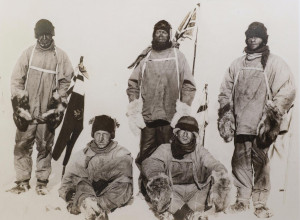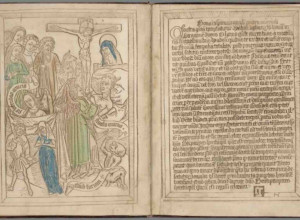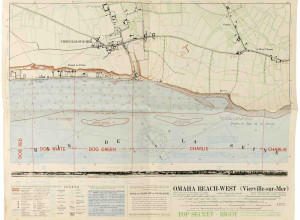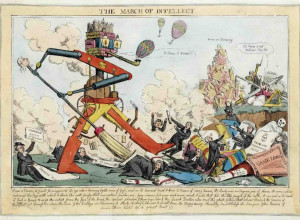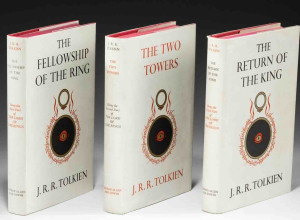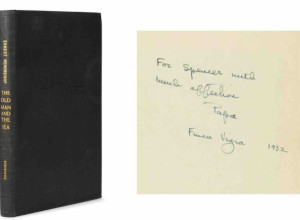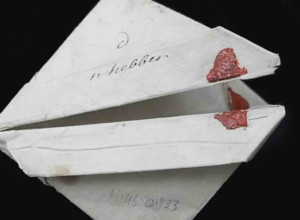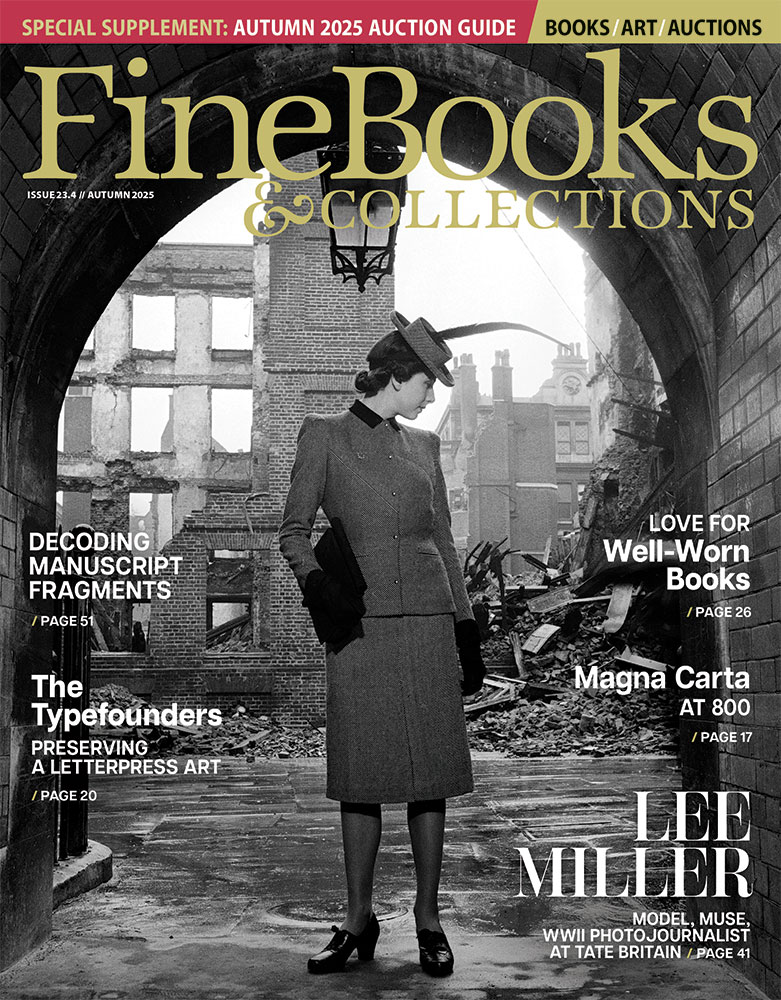July 2, 2014 |
David M. Rubenstein Funds Declaration of Independence Facsimile for American Embassies
 Just in time for Independence Day (actually, July 2, 1776 is the day Congress voted to declare independence, but the delegates continued to debate Jefferson's text for two days), there arrived in my mailbox a beautifully illustrated booklet titled America's National Treasure: The Declaration of Independence & William J. Stone's Official Facsimile, produced by historic documents dealer Seth Kaller to accompany a new facsimile of the 1823 Stone engraving of the Declaration. The facsimile edition, funded by David M. Rubenstein in association with the Foundation for Art and Preservation in Embassies, allows for one framed copy of the document to be displayed in each of the U.S.'s embassies. Rubenstein, known for his patriotism, his philanthropy, and his collecting, purchased the Bay Psalm Book at auction last year for $14.2 million.
Just in time for Independence Day (actually, July 2, 1776 is the day Congress voted to declare independence, but the delegates continued to debate Jefferson's text for two days), there arrived in my mailbox a beautifully illustrated booklet titled America's National Treasure: The Declaration of Independence & William J. Stone's Official Facsimile, produced by historic documents dealer Seth Kaller to accompany a new facsimile of the 1823 Stone engraving of the Declaration. The facsimile edition, funded by David M. Rubenstein in association with the Foundation for Art and Preservation in Embassies, allows for one framed copy of the document to be displayed in each of the U.S.'s embassies. Rubenstein, known for his patriotism, his philanthropy, and his collecting, purchased the Bay Psalm Book at auction last year for $14.2 million. In the booklet's preface, Rubenstein writes, "Because the Declaration of Independence has--like the Stars and Stripes--become a symbol of the United States, and because the Stone copy of the Declaration is the most recognizable version of that historic document, I thought it would be appropriate to have a new copy of a Stone Declaration placed in each of the American embassies around the world. My hope was that everyone who visited an American embassy would see not just our flags, but also this unique symbol of our country."
The 24-page booklet also contains an introduction by Glenn M. Grasso and an afterword by Richard Brookhiser. Kaller's history of the document itself is superb reading--from John Dunlap setting the type on the first broadside to the official signing on August 2, 1776 to the engravings that followed, most notably William J. Stone's. Stone began his work in 1820, taking three years to expertly copy the original engrossed manuscript and print 201 copies on vellum. Most fascinating is the section on Stone's technique in making such an exact engraving--some have claimed that he used a wet or chemical process to take an image, which damaged the original. Instead, Kaller suggests here (with detailed images) that Stone traced the engrossed manuscript by hand and even left little clues to distinguish his from the original manuscript. The original Declaration, now nearly illegible, hangs in the National Archives building. Stone's edition is our only lasting vision of it.
America's National Treasure is available for browsing online. Kaller also hosts an online census of known copies of the first edition Stone imprints.





